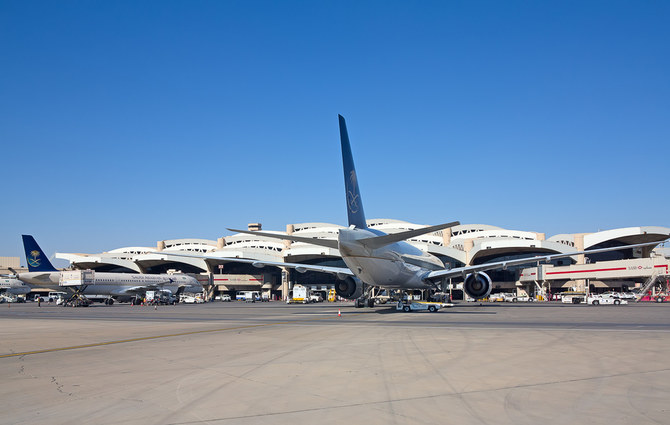RIYADH: Saudi airlines disbursed a substantial SR58 million ($15.4 million) in compensation to travelers during the 2021-2022 period, the General Authority of Civil Aviation has revealed.
In an official statement, GACA emphasized that these reimbursements addressed a range of customer concerns, including delays, loss of luggage, flight cancellations, and disruptions to flight schedules.
This initiative aligns with the authority’s commitment to protecting passenger rights. It also serves as a precursor to the upcoming regulations set to take effect on Nov. 20, aimed at advancing operations and supporting the Kingdom’s growth objectives in the aviation sector.
Abdulaziz bin Abdullah Al-Dahmash, executive vice president for quality and passenger experience at GACA, said the organization "remains steadfast in its commitment to implementing regulations that enhance choice, value, and service quality for passengers.”
He further stressed the importance of “robust protections for passenger rights in cultivating a competitive aviation sector that serves both the Kingdom and its travelers.”
The announcement serves as a formal reminder to airlines, their representatives, and agents to adhere to the new regulations.
This initiative is part of GACA’s broader goal of achieving public interest through the impartial implementation of regulations, ultimately enhancing passenger satisfaction and the overall travel experience within Saudi Arabia.
“Beyond safeguarding passenger rights, GACA is devoted to facilitating a transparent and efficient complaint process,” Al-Dahmash explained.
“We aim to ensure that passengers are well informed about their rights and can easily navigate the process for obtaining refunds as per the regulations,” he added.
In a previous statement made in August, GACA announced that compensations, in some cases, would increase to 150 to 200 percent of the original ticket value.
These compensations cover every stage of the passenger’s travel journey, including ticketing, boarding, in-flight services, in-flight handling, and catering to passengers with special needs. Damaged or lost luggage could lead to compensation estimated at SR6,568.
As part of the Saudi Aviation Strategy’s growth objectives, the Kingdom aims to raise the number of passengers by 200 percent, reaching approximately 330 million per year.
Additionally, it seeks to establish connections with over 250 international destinations by the year 2030, further solidifying its position in the global aviation landscape.




























